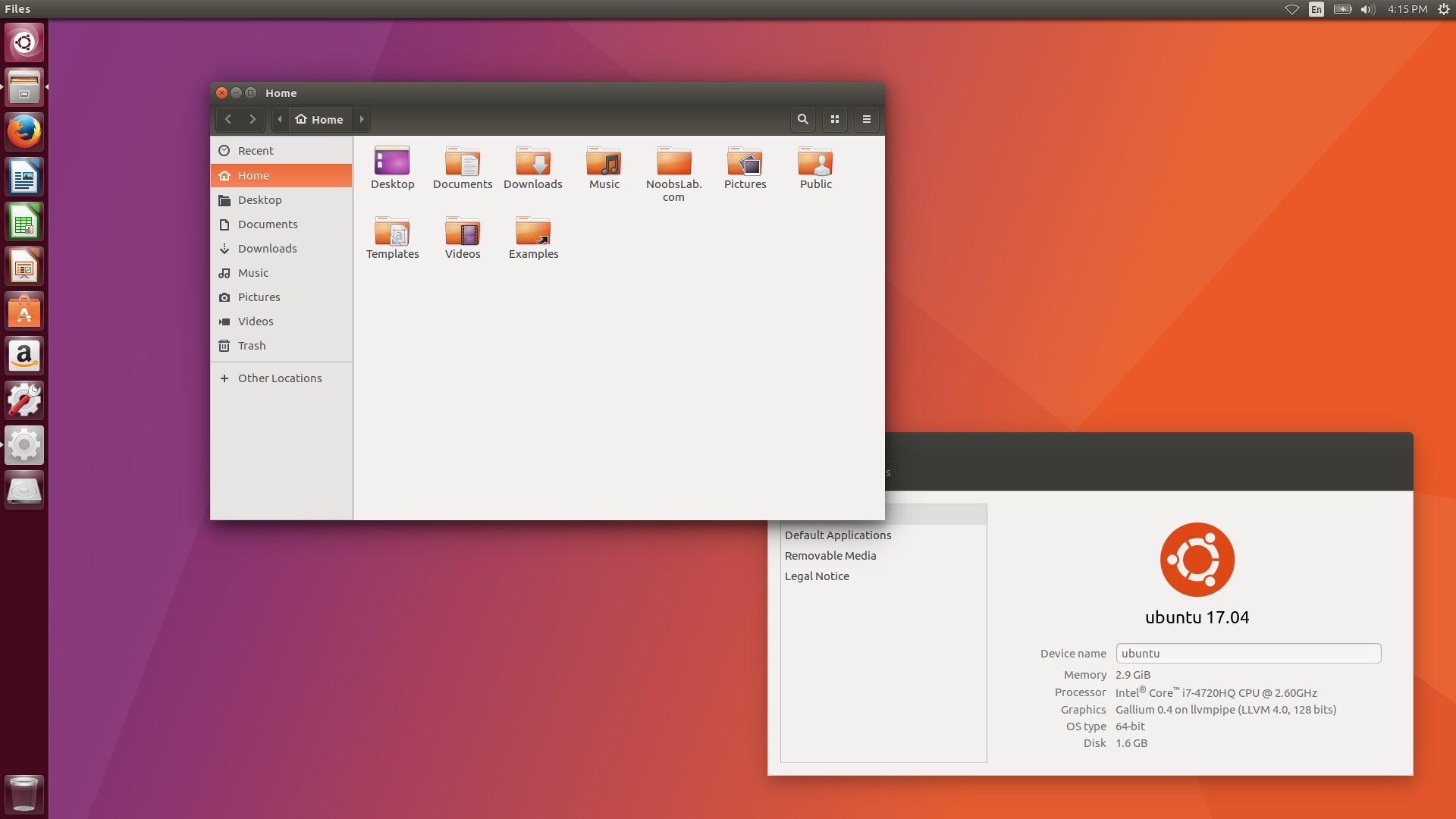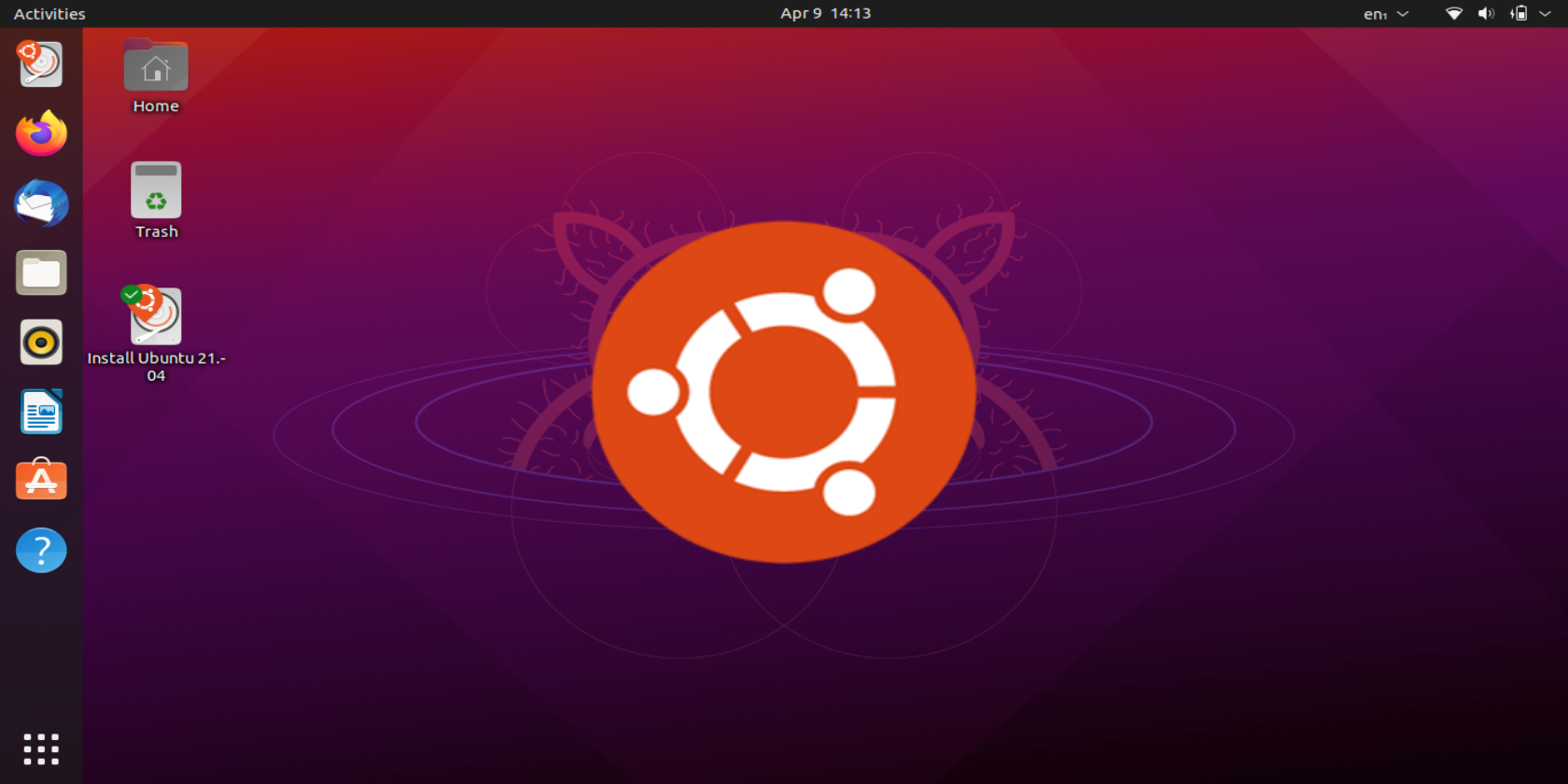
However, when the file is executed, only the first function call with the argument "Hello" is printed to the terminal infinitely, the second function call with the argument "Toby" never runs, this is because the first function call is blocking, it runs infinitely and the second one never has a chance to run. This can be confirmed using the numGoRuoutine() method on the runtime package! when this function executes, it outputs the number of goroutines being run, in this case, "1" is outputted implying that only one goroutine is created, This goroutine is the one created by default, thanks to the goruntime!Įnter fullscreen mode Exit fullscreen modeįrom the snippet above two functions can be seen! The main function and another custom function called greeting! The greeting function receives an argument of type string and the for loop in it prints out the index and the name of the argument received! This greeting function is called twice in the main function with different arguments of type string.
#UBUNTU GOSYNC CODE#
Goroutines are very cheap and require little system resources that is why it is possible to have several hundreds of goroutines in your programs, In the next section we will be going ahead to see how we are going to write some code and see how we can get started using goroutines in our programs.īy default, whenever the main function is created in a go file, the runtime automatically sets up one goroutine. The purpose of a goroutine is to have several independent functions executing at the same time incorporated onto a thread or set of threads such that once the execution of one function stops or is blocked due to a blocking operation like a network request the execution of the other functions wouldn't stop! Instead, they would be moved to a different thread on the operating system to ensure that there is no pause in the execution of these functions! This task of scheduling various goroutines, moving them to available OS threads when there is a blocking operation is carried out by the Go-runtime scheduler. They are functions executing concurrently with other goroutines in the same address space. Goroutines can be thought of as lightweight,user-space threads that are managed by the Go runtime, Once a new goroutine is created, it gets its own call stack, the go runtime allocates a few flexible kilobytes to it which can increase and decrease in size according to its needs, this prevents excess memory usage and accounts for the lightweight nature of goroutines.

#UBUNTU GOSYNC HOW TO#
To know how to construct for loops in Go.Knowledge of how to convert data types in Go, You can follow this article to know more.Go installed on your computer.Depending on your os you can follow the following articles to get started with it Mac, Windows, Ubuntu.To follow along with this article you'll need: This article aims to show how to use Goroutines and channels to write concurrent Go programs. Concurrency not to be confused with parallelism is a scenario whereby different computational tasks are executed in overlapping periods, in an out of order fashion that doesn't affect the overall result of the program! Goroutines and channels are core components of concurrency in Go. This page was generated by GitHub Pages.Rob Pike, One of the creators of Go in his 2012 Google I/O talk referred to concurrency as the composition of independently executing computations.
#UBUNTU GOSYNC FREE#
Since I work on this project in my free time, IĬan’t tell when exactly I will be able to honor your request. I will see if I can fix that as soon as possible. If youĬan’t write the code and you find something more or something non-functional, please create a bug on github You can send me patches at hschauhan at nulltrace dot org. Starting from version 0.3, GoSync is available for installation via pip (including all dependencies). If the usage of drive is high, it takes time to calculate the total categorical usage. While its calculating the drive usage, the progress is not shown.


It syncs everything from the Google Drive. GoSync is released under GNU GPL version 2.0.

It’s not perfect yet but it does the job. GoSync is an open source Google Drive client for Linux written in python language.


 0 kommentar(er)
0 kommentar(er)
